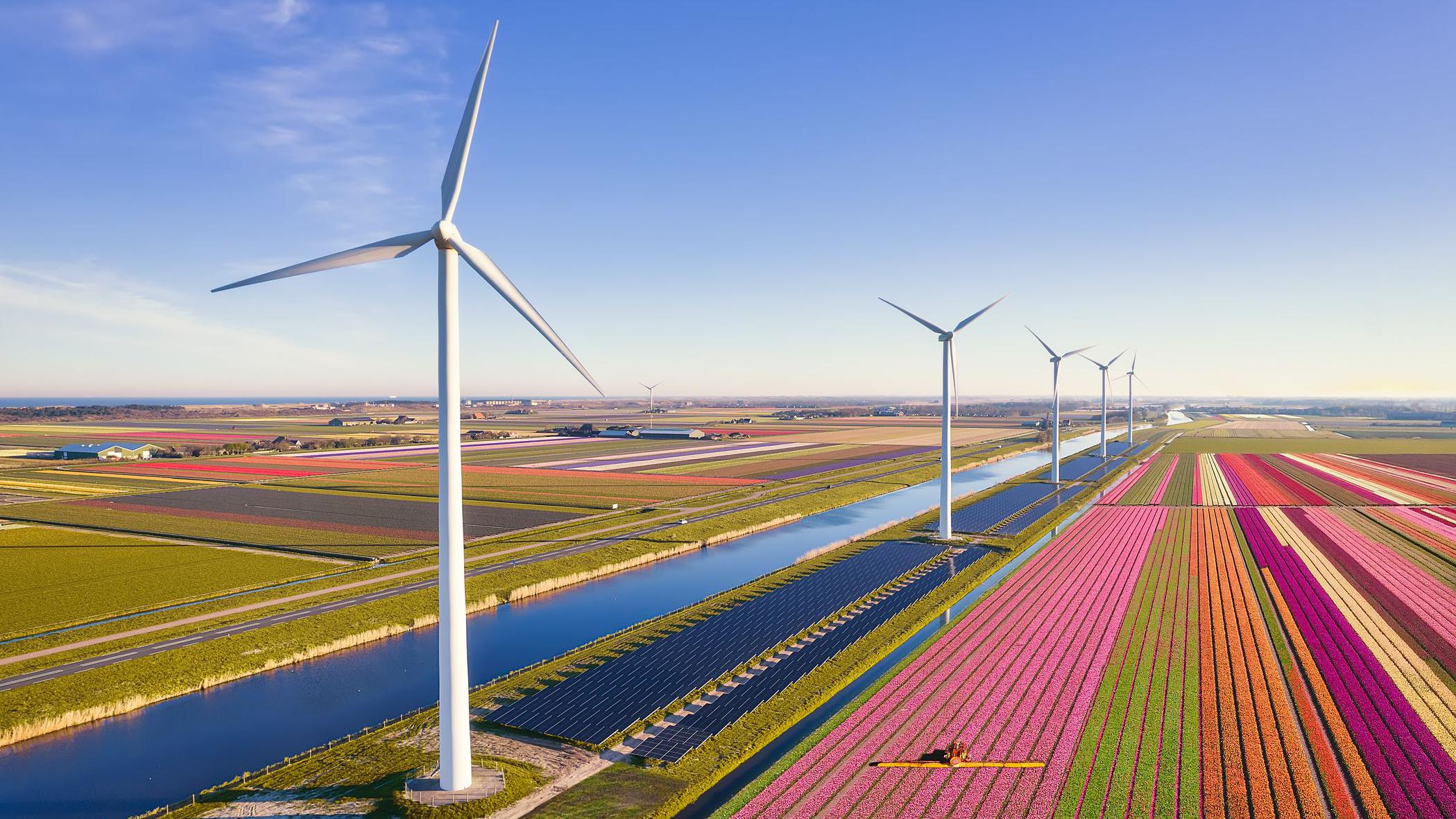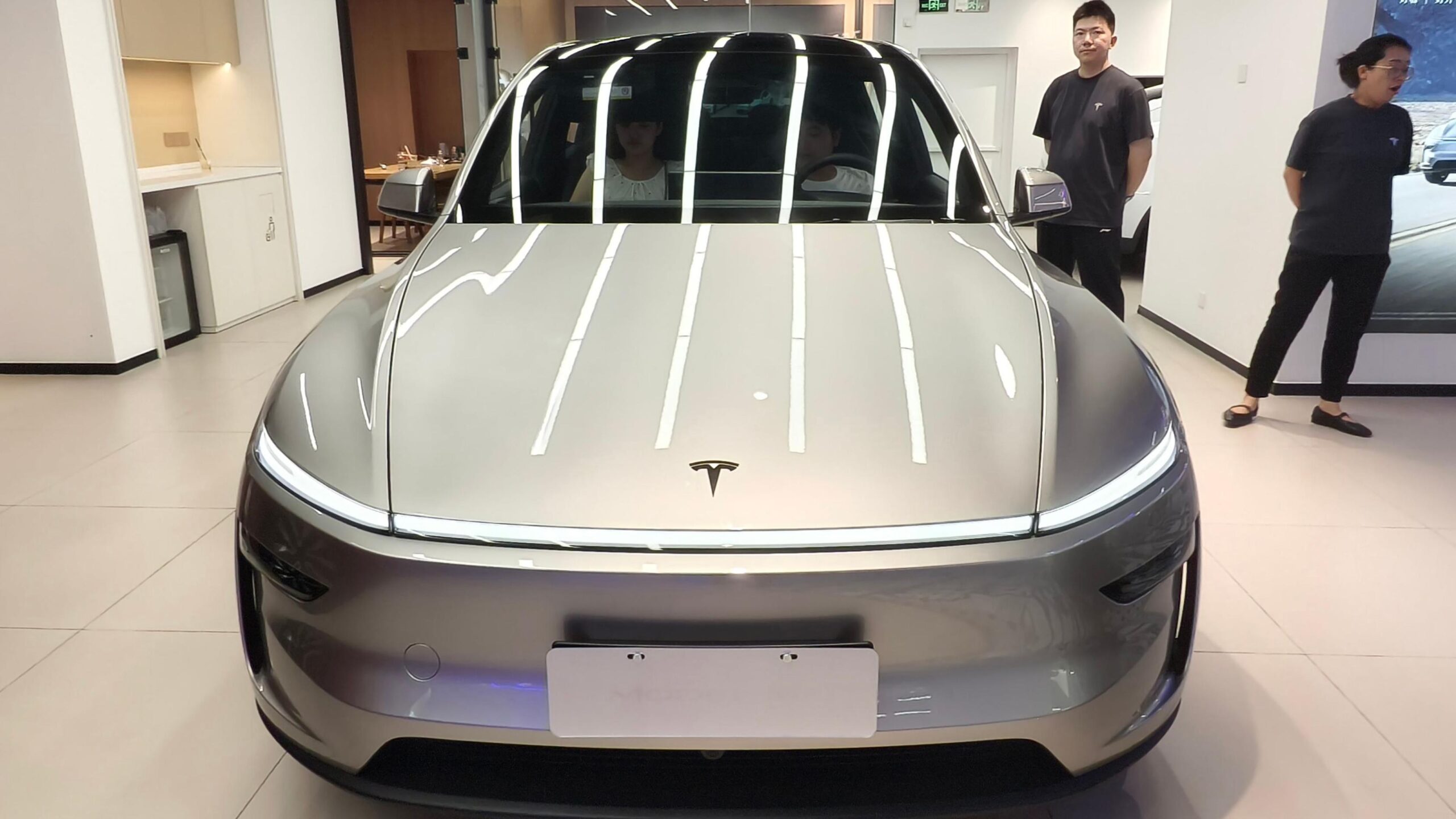Imagine standing in a vast Dutch field, tulips swaying gently in the breeze, with sleek wind turbines spinning lazily overhead and solar panels glinting on nearby rooftops. It’s a picture of progress, right? The Netherlands has long been a poster child for green energy, pushing hard toward a sustainable future. But lately, that very enthusiasm is creating some unexpected headaches. Homes are being asked to dial back electricity use during peak hours, businesses are stuck in limbo waiting for connections, and the whole system feels like it’s teetering on the edge. This isn’t just a minor glitch—it’s a full-blown challenge that’s testing the limits of the country’s power infrastructure. As someone who’s followed energy stories for years, including chatting with folks in Amsterdam about their rooftop solar setups, I can tell you this: the rush to renewables is exhilarating, but it’s also a wake-up call about planning ahead.
The Rapid Rise of Renewables in the Netherlands
The Netherlands didn’t wake up one day and decide to go green overnight—it was a deliberate sprint. Back in 2015, after the Paris Agreement, the country doubled down on cutting emissions, aiming for net zero by 2050. Wind farms popped up offshore in the North Sea, solar installations blanketed suburban roofs, and by 2024, renewables accounted for half of all electricity generated. It’s impressive; one in three households now boasts solar panels, turning ordinary homes into mini power plants. But this boom caught everyone off guard, like inviting the whole neighborhood to a party without checking if your living room can hold them all.
Wind and Solar: The Stars of the Show
Wind energy has been a Dutch staple, harnessing those famous North Sea gusts to power cities like Rotterdam. Offshore farms alone generate gigawatts, enough to light up millions of homes. Solar, meanwhile, exploded thanks to subsidies and falling panel prices—think of it as the underdog that became a heavyweight champ. Yet, these sources are intermittent; sunny days flood the grid, while calm nights leave it thirsty. This variability, combined with decentralized generation, flips the old script where power flowed one way from big plants.
Government Policies Fueling the Fire
Policies like the SDE++ subsidy scheme poured billions into renewables, making installation a no-brainer for businesses and homeowners. The goal? 70% renewable electricity by 2030. It’s worked wonders for emission reductions, but the grid wasn’t invited to the planning table early enough. As Kees-Jan Rameau from Eneco puts it, we focused on generation but underestimated the network’s needs. It’s like building a superhighway without widening the on-ramps.
Understanding Grid Congestion: The Core Issue
Grid congestion is basically a traffic jam on the power lines—too much electricity trying to squeeze through wires that weren’t designed for it. In the Netherlands, this means blackouts in some areas, delayed projects, and pleas from officials to use less power between 4pm and 9pm. It’s not apocalyptic, but it’s frustrating, especially when you’re trying to charge your EV after work. I’ve heard stories from friends in Utrecht who laugh about it now, but at first, it felt like a step backward in a tech-savvy nation.
Historical Grid Design vs. Modern Realities
The Dutch grid was built for centralized fossil fuel plants, with thick cables carrying power from hubs to suburbs. Now, with solar and wind injecting energy from everywhere—rooftops, fields, even industrial parks—the flow reverses. Those skinny suburban lines can’t handle the surge, leading to bottlenecks. It’s akin to pouring a river into a garden hose; something’s got to give.
Key Statistics Highlighting the Strain
In 2024, wind and solar output set records, but congestion affected nearly the entire country. Businesses report waiting lists for connections, and a Boston Consulting Group report estimates economic losses up to €40 billion annually. Half of all firms feel the pinch, from delayed expansions to scrapped sustainability plans. It’s a numbers game that’s turning heads in boardrooms.
Impacts on Everyday Life and the Economy
Picture this: You’re a young family in Amsterdam, excited about your new solar panels, only to get a notice saying “please don’t run the dishwasher during dinner time.” It’s quirky at first, but it adds up. The government’s “Flip the Switch” campaign urges peak-hour cutbacks, turning energy use into a communal effort. On a lighter note, it’s sparked some creative solutions, like neighborhood challenges to see who can save the most—think eco-friendly bragging rights.
Household Challenges and Behavioral Shifts
For households, it’s meant rescheduling laundry or charging devices overnight. One anecdote I recall is from a colleague’s aunt in The Hague, who turned it into a game with her kids, rewarding low-usage days with ice cream. But not everyone’s amused; rising tariffs to fund upgrades could add €1,741 to annual bills by 2025. It’s a reminder that green transitions touch wallets directly.
Business and Industry Under Pressure
Industries like chemicals warn of risks—Nienke Homan from the Dutch Chemical Association says it’s easier to invest elsewhere. New housing projects stall because grids can’t connect them, exacerbating the housing shortage. Small businesses, eager to go electric with fleets, face years-long waits. It’s stifling growth, with 90% of firms impacted per the SME Monitor.
Environmental Ironies
Ironically, congestion sometimes forces curtailment of renewables—shutting down wind turbines when lines are full. This wastes clean energy and slows climate goals. Yet, it’s a poignant lesson: Sustainability needs balance, or we risk undermining our own progress.
Comparing the Netherlands to Other Countries
The Netherlands isn’t alone in this pickle; it’s a global tale with local flavors. Germany curtails gigawatts of northern wind power because southern grids can’t transport it, losing enough energy to power millions of homes yearly. France, nuclear-heavy, faces integration hurdles with renewables. The U.S. has similar bottlenecks in states like California, where solar booms overload daytime grids.
| Country | Renewable Share (2024) | Main Congestion Cause | Economic Impact Estimate |
|---|---|---|---|
| Netherlands | 50% | Decentralized solar/wind input | €35-40bn/year |
| Germany | 55% | North-south transmission gaps | 19 TWh curtailed (2023) |
| France | 25% (renewables) | Integrating variable sources with nuclear | Potential delays in transition |
| USA (California) | 40% | Daytime solar surges | Billions in upgrades needed |
This table shows shared pains, but the Dutch case stands out for its rapid residential solar adoption.
Pros and Cons of the Dutch Approach
Pros:
- Rapid emission cuts, leading Europe in per-capita solar installs.
- Boosts innovation in smart grids and storage.
- Creates jobs in renewables sector.
Cons:
- Economic drag from delays and costs.
- Public frustration over usage restrictions.
- Risks to industrial competitiveness.
Solutions on the Horizon: Upgrades and Innovations
Hope isn’t lost—far from it. Tennet, the grid operator, plans €200 billion in investments by 2050, laying 100,000km of new cables. It’s ambitious, like rewiring a house while living in it. Eugene Baijings from Tennet calls for patience, but actions speak louder: Faster permitting, neighborhood upgrades, and 135 “Buurtaanpak” projects in 2025 alone.
Grid Expansion and Modernization Efforts
Legislation is speeding up—cutting permit times from years to months. The National Grid Congestion Action Programme rolls out 100 measures, from smarter tariffs to congestion management schemes. These shift usage to off-peak, easing pressure without massive builds.
Role of Technology and Smart Systems
Enter smart tech: Virtual power plants aggregate home batteries, EVs double as storage via vehicle-to-grid tech. Dynamic tariffs reward flexible consumption, turning users into active players. It’s like giving the grid a brain upgrade.
Policy Adjustments and Incentives
The government tweaks subsidies, pushing storage alongside generation. Flexible contracts limit peak feed-ins, and initiatives like “Smart Charging for Everyone” aim for all EV sessions to be intelligent by 2025. It’s a mix of carrots and sticks to balance the scales.
People Also Ask: Common Questions Answered
Based on popular searches around this topic, here are some real questions folks are typing into Google, with straightforward answers drawn from reliable sources.
- What is causing the power grid issues in the Netherlands? The main culprit is grid congestion from too much renewable energy input into an outdated network designed for centralized power. Smaller lines in suburbs can’t handle the decentralized surge from solar and wind.
- How is the Netherlands addressing grid congestion? Through massive investments like Tennet’s €200bn plan, policy changes for faster upgrades, and innovations in smart charging and flexible contracts to manage demand and supply better.
- What percentage of Netherlands’ energy is renewable? As of 2024, about 50% of electricity comes from renewables, with solar and wind leading the charge, but this growth is straining the infrastructure.
- Is grid congestion affecting new construction in the Netherlands? Yes, it’s halting housing and industrial projects due to connection shortages, making it hard to build new neighborhoods or expand businesses.
Navigating Resources: Where to Learn More or Get Involved
If you’re in the Netherlands and want to check your area’s grid status, head to the Tennet website (external link: Tennet Grid Map). For policy details, the Ministry of Economic Affairs and Climate offers guides (external link: Dutch Energy Transition). Internally on our site, explore related reads like our guide to home solar incentives (/netherlands-solar-incentives).
Best Tools for Monitoring and Managing Energy Use
Looking to optimize your own setup? Apps like Eneco’s Toon help track usage in real-time. For businesses, consider congestion management software from providers like GridX (external link: GridX Solutions). Smart thermostats from Nest or Tado integrate seamlessly, potentially saving 10-20% on bills.
FAQ: Addressing Your Burning Questions
Why is the Dutch power grid overloaded by renewables?
The grid was built for one-way flow from big plants, but renewables inject power from scattered sources like rooftops and farms. This reverse flow overwhelms local lines, especially during peaks, leading to congestion.
What can individuals do to help ease grid pressure?
Shift high-use activities to off-peak hours—charge EVs at night, run appliances midday. Install home batteries for storage, and join demand-response programs that reward flexibility. It’s small steps that add up.
How long will it take to fix the Netherlands’ grid issues?
Major upgrades could take a decade, with Tennet aiming for significant progress by 2030. Short-term fixes like smart tech might alleviate pressure sooner, but full resolution needs sustained investment.
Are other European countries facing similar problems?
Absolutely—Germany curtails renewables due to transmission gaps, while the UK and Spain invest heavily in grids to match green growth. It’s a continent-wide challenge in the energy transition.
What’s the economic cost of grid congestion in the Netherlands?
Estimates range from €35bn to €40bn yearly, hitting growth, jobs, and climate targets. Businesses delay expansions, and wasted renewable energy adds environmental costs.
In wrapping this up, the Netherlands’ renewables journey is a thrilling ride with some bumpy roads. It’s a story of ambition meeting reality, where the push for green power reveals the need for smarter infrastructure. I’ve seen similar tales in other countries, but the Dutch resilience—blending innovation with that famous pragmatism—gives me hope. Think of it as evolving from a bicycle to an e-bike; you need better brakes for the speed. If we learn from this, the future could be brighter, cleaner, and more reliable. What’s your take—have you felt the grid pinch firsthand?
(Word count: 2,748)




